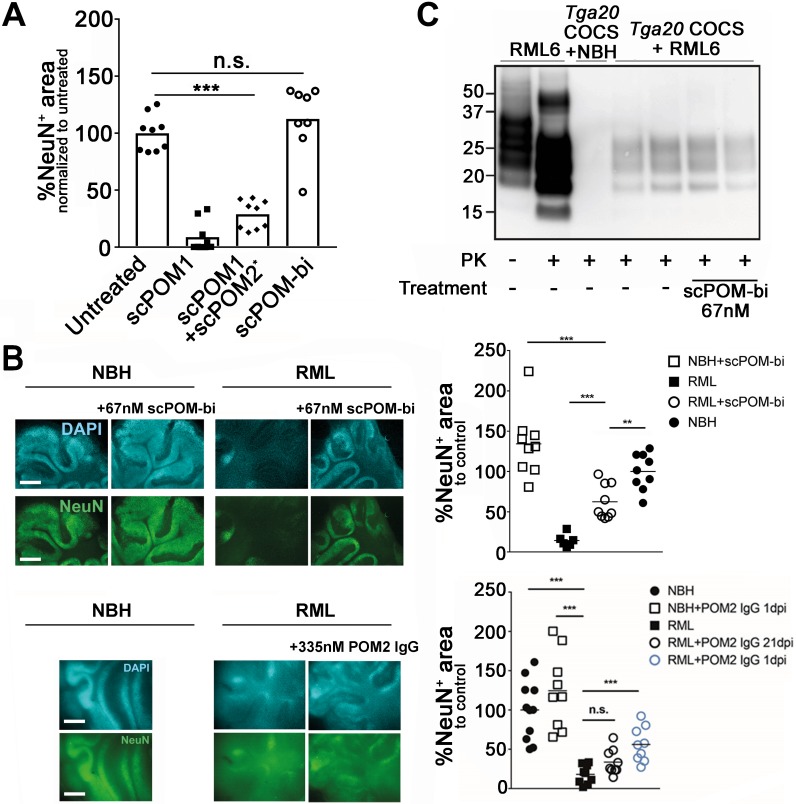Fig 2. The bispecific scPOM-bi antibody protects against prion infection even when administered 21 days post infection (dpi).
(A) Chronic treatment with scPOM-bi for 21 days did not produce observable toxicity in COCS, contrary to POM1. Furthermore, simultaneous addition of the individuals POM1 and POM2 to COCS resulted in neurotoxicity, indicating that the bispecific has different properties than the simple sum of its parts Area staining of neuronal nuclei by NeuN is shown on the y axis (lower values correlate with toxicity). Column 3 (*) is from a different experiment with a related negative control on which the data was normalized to. (B) scPOM-bi prevents RML induced neurotoxicity even when added 21 dpi (top). Despite similar binding affinity for PrP, POM2-IgG does not achieve similar protection at 21 dpi even at 5 fold higher concentration (bottom). COCS inoculated with non-infectious brain homogenate (NBH) are used as control; the images show NeuN and DAPI staining of COCS, scale bar = 500 μm. ** p<0.01, *** p<0.001, n.s. = not significant, one-way ANOVA with Dunnett’s post-hoc test. Upper panel: n = 9 biological replicates (1 COCS = 1 biological replicate) for all treatment groups except for RML alone (n = 8). Lower panel: n = 9 biological replicates for all treatment groups. Images of all biological replicates depicted in S2 Fig. (C) Western blot shows the presence of PK resistant material in COCS inoculated with RML. Addition of scPOM-bi 21 days after prion inoculation of Tga20 COCS did not show conceivable reduction of PrPSc.

